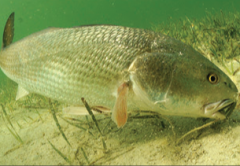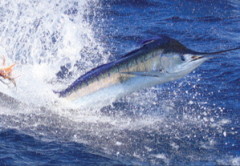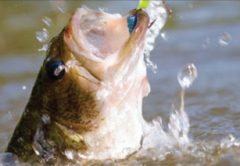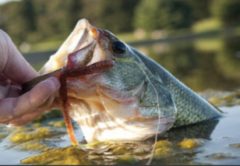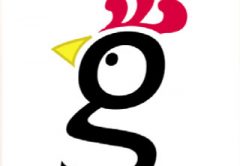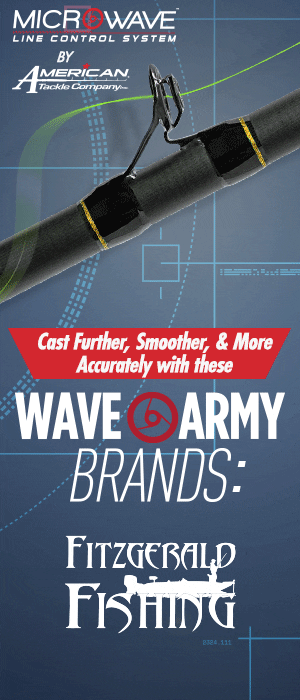Shorter days and cooler nights, acorns dropping from my live oak trees and the love bug hatch are all signs of fall on the Indian River Lagoon Coast of Florida. Another sure sign of fall on the Lagoon Coast is the waves of baitfish working their way south on their fall migration through the lagoon and along the beach. October serves as beginning of the fall bait run consisting primarily of silver mullet, a tropical species, with some Atlantic menhaden (pogies), bay anchovies (glass minnows) and black mullet mixed in. These tasty little baitfish ring the dinner bell for a large array of hungry predators looking to fatten up for the winter. As the water cools, waves of bait move in pulses heading south, and locating bait concentrations is the key to catching fish. When targeting predator species during the bait run, use mullet imitation lures like the DOA BFL or Bait Buster and when the toothy critters show up switch to hard baits like the Rapala Skitter walk in natural baitfish colors. Adding a 12-inch piece of #6 wire to your lure or hook will prevent breakoffs.
Tarpon, cobia, kingfish, bluefish, redfish, snook, sharks, and jack crevalle will all be feasting on the bait off the beaches. Typically, mullet can be found near the shore break or inside the trough. Pogies and glass minnows can school up as deep as 50 feet south of the Port Canaveral buoy line. Some days the bait will hold just outside the shore break, use caution and keep your boat a safe distance from the swells. Find bait, find the predators!
Also, October and November are notorious for blustery breezes and nasty weather, but they’re also one of the best times of year for angling on the Lagoon coast, so watch the weather, pick your days on the water, and catch some fish.




